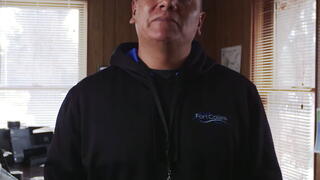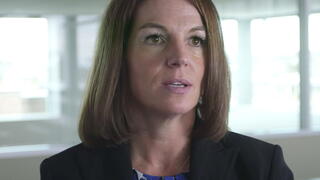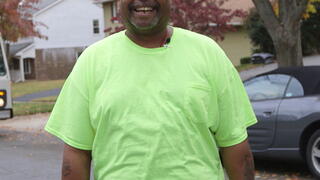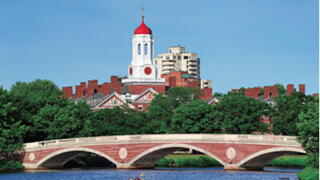
Peter Robertson, Parks and Grounds Technician, Grandview Cemetery, Fort Collins, CO<br />"Being able to give the community that support when they need it I think is huge. We really take a lot of pride in what we do here."

Jacklyn Shaklee, Crimes Against Persons Detective, Fort Collins, CO<br />"I love serving the community, we have such a great community here.... I like being that person who is supporting someone at the worst time in their life...to help them get closure...."
After a tornado through Greensburg, leveling the city, Administrator Steve Hewitt saw an opportunity to rebuild green and strong.

Sergeant Saemi Kitchens, Police Department, Prince William County, VA<br />"Everyday is unpredictable, you just don't know what you're going to get... The position I have in my job is to help other people and as a supervisor I feel like I can help my squad as well...."

Warren Gaskill, Recycling Operator, City of Rockville, MD<br />"You do make a difference when you pick up the people's recycling...It takes dedication. I come here rain, snow, shine, everything. We're out here."

Lynique Murray, Community School Coordinator for Linkages Program, Maryvale Elementary School, City of Rockville, MD<br />"The most rewarding part is seeing the smile on the children's faces....I always had a passion to help people and by being in this position I am able to see all this happen."

When the manager goes to a three-day conference, the office buzzes with sighs and eye rolling over the anticipation of newfangled fiats to follow.
Calls to 9-1-1 by Upper Arlington, OH, residents were not always emergencies, and many came from the elderly, who made up a third of the city's population. These calls placed a burden on the city's fire and EMS services and personnel. Elderly residents in Upper Arlington now have a valuable resource to get the help they need in non-emergency situations freeing the city's emergency medical services to handle emergencies.

